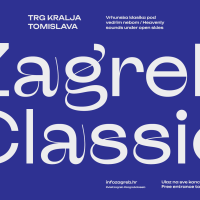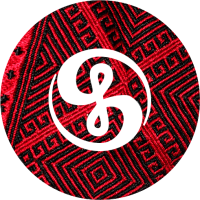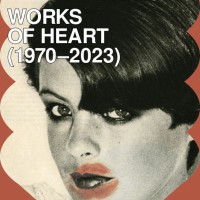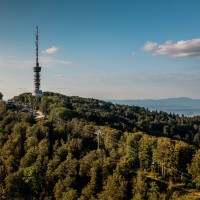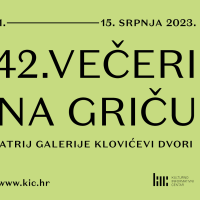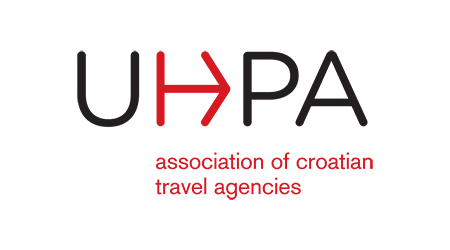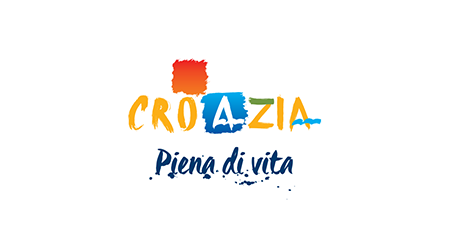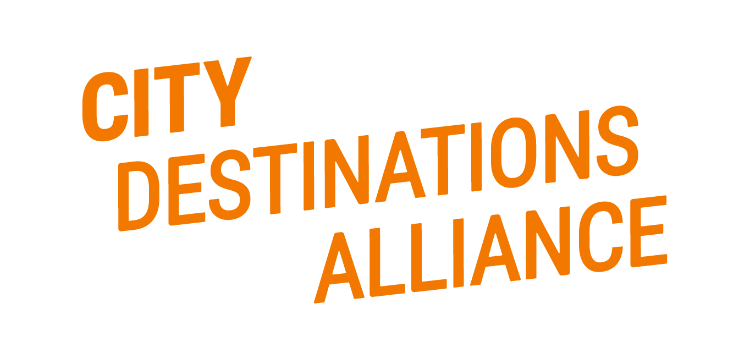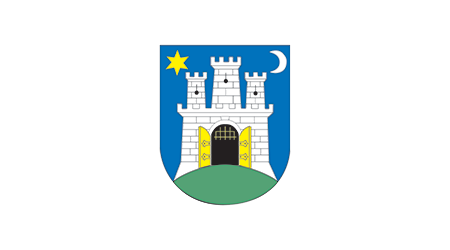Let there be – light
The largest national science event, the Festival of Science, will take place between the 11th and 16th of April in several cities. This popular festival will offer Zagreb’s visitors an unfailing source of science and it is taking place in various locations throughout the city. There will be numerous programmes each day, from morning until dark, for a total of six days – all in accordance with this year’s main theme: light.
 For the ninth year in a row, between the 11th and the 16th of April, Zagreb will host the largest annual national science event. The main theme of this year’s popular festival is light, chosen to commemorate the 300th anniversary of birth of the great Croatian scientist, Ruđer Bošković. As in previous years, the programmes are aimed at all generations and cover a wide range of interest. This event will be taking place in various locations throughout Zagreb, as well as other Croatian cities and towns, such as: Lošinj, Omiš, Osijek, Rab, Rijeka, Sinj and Split. The programmes vary and each place has its own special merit. As far as Zagreb is concerned, the conclusion is simple; once again, this year, the festival will attempt to provide answers to an array of questions that often remain unasked because of our own inability to understand the topics at hand. The ultimate goal and paramount concept of the festival is to popularize science and to make scientific topics, discussions and achievements more accessible to a wider audience. Presented in a clear, concise and simple way, this festival makes science more accessible to everyone.
For the ninth year in a row, between the 11th and the 16th of April, Zagreb will host the largest annual national science event. The main theme of this year’s popular festival is light, chosen to commemorate the 300th anniversary of birth of the great Croatian scientist, Ruđer Bošković. As in previous years, the programmes are aimed at all generations and cover a wide range of interest. This event will be taking place in various locations throughout Zagreb, as well as other Croatian cities and towns, such as: Lošinj, Omiš, Osijek, Rab, Rijeka, Sinj and Split. The programmes vary and each place has its own special merit. As far as Zagreb is concerned, the conclusion is simple; once again, this year, the festival will attempt to provide answers to an array of questions that often remain unasked because of our own inability to understand the topics at hand. The ultimate goal and paramount concept of the festival is to popularize science and to make scientific topics, discussions and achievements more accessible to a wider audience. Presented in a clear, concise and simple way, this festival makes science more accessible to everyone.
Over the six days of the festival’s duration, there will be programmes taking place in several locations throughout Zagreb, from morning until dark: the Technical Museum building, the Botanical Garden, the Faculty of Geodesy, the Dubrava Cultural Centre, the Cultural and Educational Centre in Susedgrad, and the Bug cafe bar in Trešnjevka. Depending on theme and location, the programmes offer an abundance of interesting events such as workshops, presentations, experiments and explanations, films and lectures, as well as numerous differently themed exhibitions: Ruđer Bošković – a Portrait of a Scientist; From Darkness to Light; Popular Science Books; Magazines and Multimedia Publishing; Ruđer Bošković in Philately; Speleological Exploration Equipment; the Sun…
As in previous years, workshops will be particularly interactive: Expose photographs through chromatography; Discover metal in ore; Entertaining and educational experiments in chemistry; Plants from space; What does light mean to aquatic life?, Our little volcano, Starlight, Molecules that create colours, the Rubens’ tube. The workshops are primarily aimed at school and university students, but anyone is welcome to attend and learn about some of these lesser-known topics; moreover, all who wish to find out about scientific achievements can do so at this event. Do not miss out on this festival, if you are interested in topics such as: Light and photochemistry; the World of stars; Colour – radiation around structures; Light in nonlinear materials – from science to technology; Astronomical challenges in the times of Ruđer Bošković; Candle and star – sources of light; the Cycle of the Sun’s activity, etc. Considering the current events related to the horrific earthquake in Japan, part of the programme will also include answering questions concerning this scientific topic.
Published: 01.04.2011
 Hrvatski
Hrvatski English
English Deutsch
Deutsch Spanish
Spanish French
French Italian
Italian Russian
Russian Korean
Korean Japanese
Japanese Chinese
Chinese For the ninth year in a row, between the 11th and the 16th of April, Zagreb will host the largest annual national science event. The main theme of this year’s popular festival is light, chosen to commemorate the 300th anniversary of birth of the great Croatian scientist, Ruđer Bošković. As in previous years, the programmes are aimed at all generations and cover a wide range of interest. This event will be taking place in various locations throughout Zagreb, as well as other Croatian cities and towns, such as: Lošinj, Omiš, Osijek, Rab, Rijeka, Sinj and Split. The programmes vary and each place has its own special merit. As far as Zagreb is concerned, the conclusion is simple; once again, this year, the festival will attempt to provide answers to an array of questions that often remain unasked because of our own inability to understand the topics at hand. The ultimate goal and paramount concept of the festival is to popularize science and to make scientific topics, discussions and achievements more accessible to a wider audience. Presented in a clear, concise and simple way, this festival makes science more accessible to everyone.
For the ninth year in a row, between the 11th and the 16th of April, Zagreb will host the largest annual national science event. The main theme of this year’s popular festival is light, chosen to commemorate the 300th anniversary of birth of the great Croatian scientist, Ruđer Bošković. As in previous years, the programmes are aimed at all generations and cover a wide range of interest. This event will be taking place in various locations throughout Zagreb, as well as other Croatian cities and towns, such as: Lošinj, Omiš, Osijek, Rab, Rijeka, Sinj and Split. The programmes vary and each place has its own special merit. As far as Zagreb is concerned, the conclusion is simple; once again, this year, the festival will attempt to provide answers to an array of questions that often remain unasked because of our own inability to understand the topics at hand. The ultimate goal and paramount concept of the festival is to popularize science and to make scientific topics, discussions and achievements more accessible to a wider audience. Presented in a clear, concise and simple way, this festival makes science more accessible to everyone.